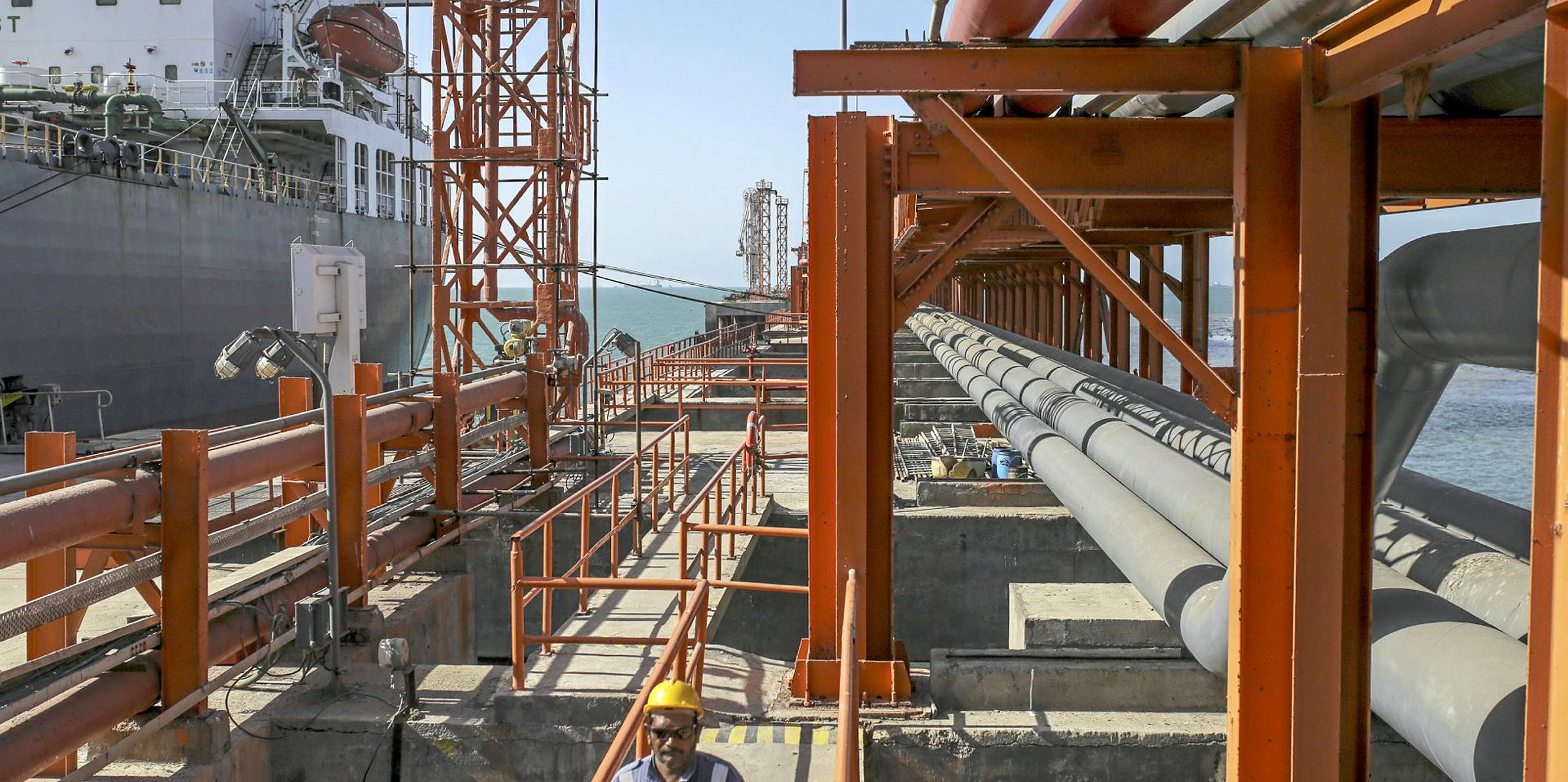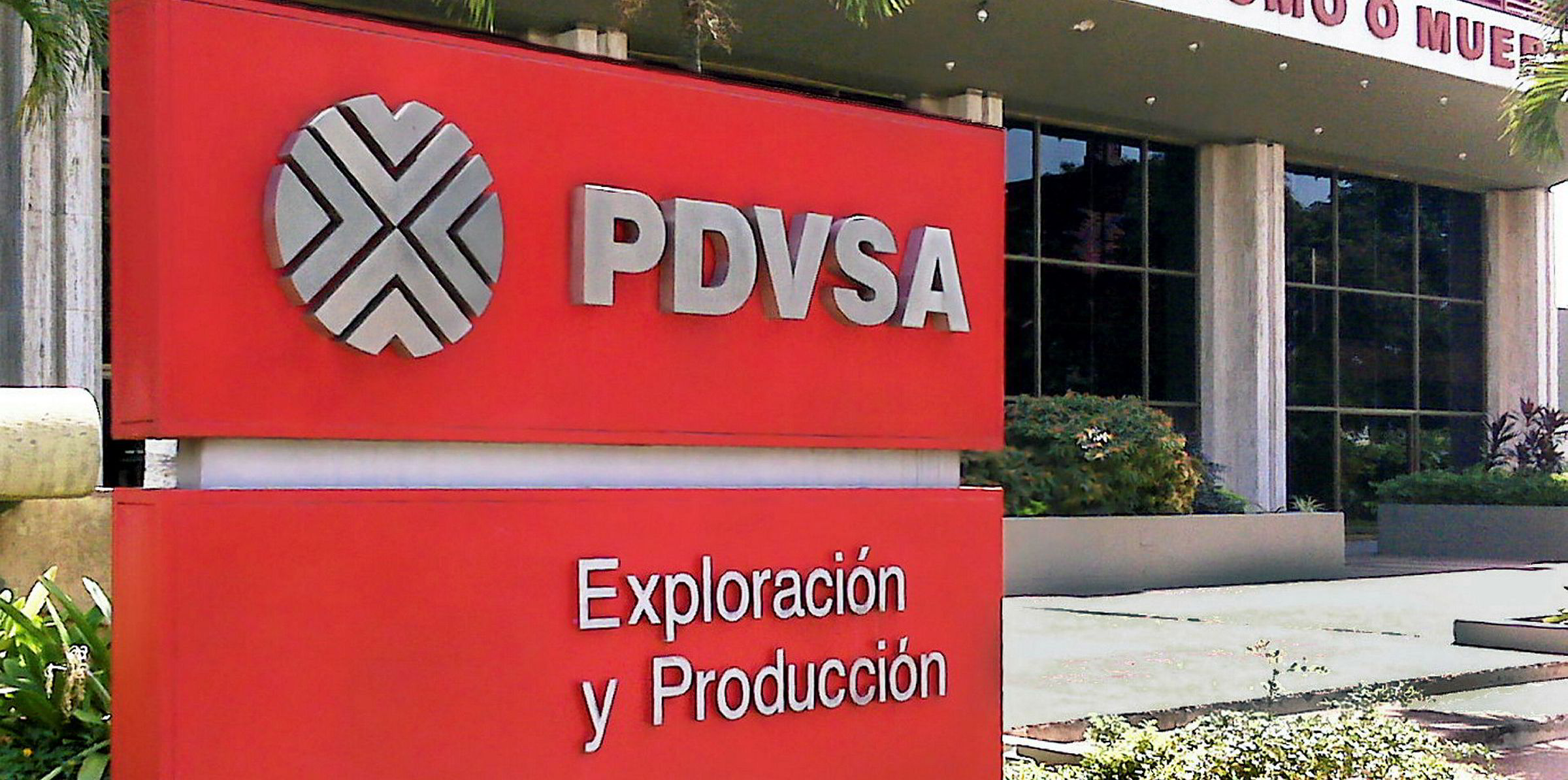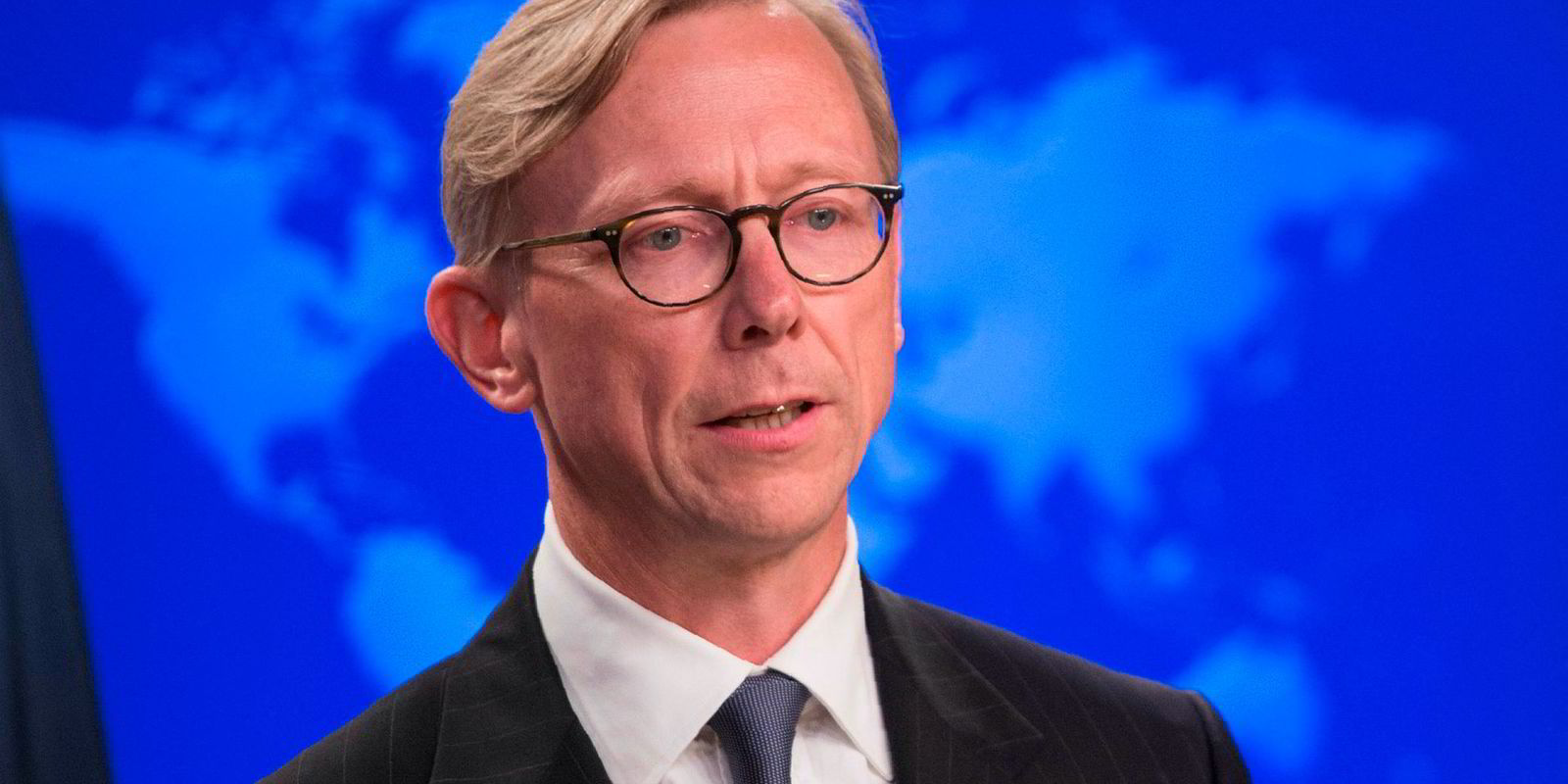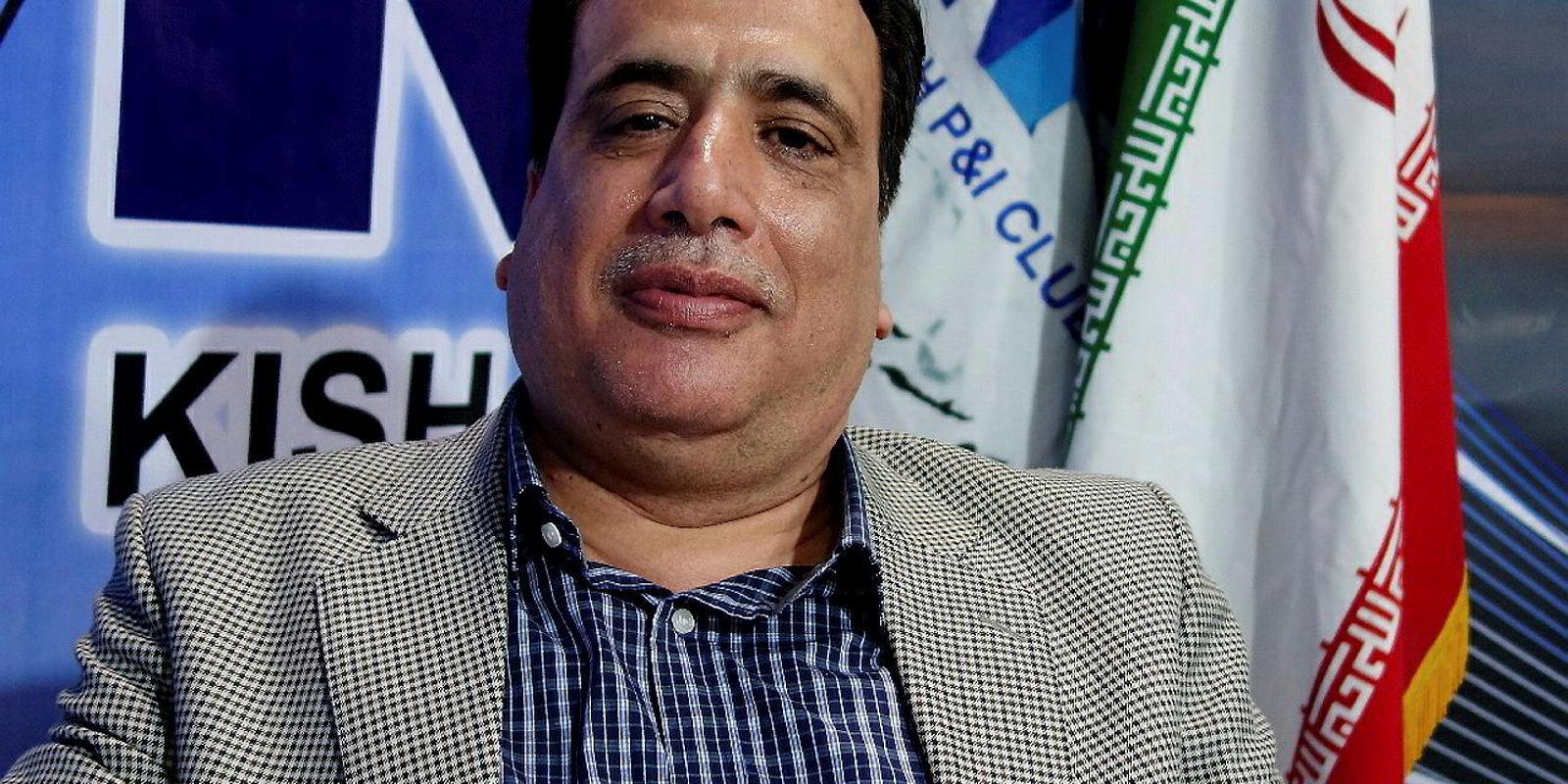India has emerged as a top destination for Venezuelan and Iranian crude amid US sanctions, supporting demand for large crude tankers.
The world’s third-largest oil consumer has been able to leverage its geopolitical stance, soaking up cheap barrels from Venezuela and Iran as the two exporters struggle to find buyers.
“India has always tried to run its own independent foreign policy,” Banchero Costa head of research Ralph Leszczynski told TradeWinds. “They are guided by their own economic and geopolitical interests, rather than trying to please the Americans at all costs.”
In February, Venezuela exported 468,000 barrels per day (bpd) to India on six VLCC shipments, more than to any other country, according to Bloomberg.
After Washington imposed sanctions on state-owned oil firm Petroleos de Venezuela SA in late January, the US went from being the largest buyer of Venezuelan crude to importing none last month.
Venezuelan crude exports to China amounted to 204,000 bpd in February, down from 290,000 bpd a month earlier and 473,000 bpd a year ago.
“Given the appetite for heavy sour crude, complex refineries in India, especially [those in the] private sector, would like to increase the import of Venezuelan crude as the availability has improved after US sanctions,” Drewry’s lead tanker analyst, Rajesh Verma, said. “If the diverted Venezuelan barrels from the US find buyers in Asia, it will certainly boost tonne-mile demand for VLCCs.”
If the diverted Venezuelan barrels from the US find buyers in Asia, it will certainly boost tonne-mile demand for VLCCs
Rajesh Verma
As for Tehran, which has faced US sanctions on its oil trade since November, India remains a reliable trading partner.
Iranian crude exports to India averaged 306,000 bpd from December to February, with seven VLCC and seven suezmax shipments recorded by Bloomberg. This was second only to China’s 311,000 bpd.
“India’s interest lies in keeping ties with Iran on a positive footing. India is highly dependent on [oil] imports, and Iran is a nearby neighbour with rich resources. It can sell oil ... at attractive prices,” Leszczynski said.
Less hostility from Americans
While China, the world’s largest seaborne crude importer, has been entangled in trade spats and geopolitical rivalry with the US, India has faced less American hostility for those risky trades. Washington has put great emphasis on its strategic partnership with India in recent years.
“America is not much pressing India,” one Indian tanker owner said. “So if there is anything that Indian refiners can buy cheaply, it will be the first thing they buy.”
The import requirement is expected to increase in line with expanding domestic consumption; according to the International Energy Agency, India’s oil demand will grow by an annualised rate of 3.4% between 2018 and 2024, the quickest among major consuming nations.
As the US imposes different types of sanctions on Venezuela and Iran, the appetites of shipowners for the relevant Indian trades also vary.
The US does not stand in the way of foreign companies buying Venezuelan crude in non-US currencies, so tanker owners tend to feel less exposed to sanctions risks in the Venezuela to India trade.
Data from Bloomberg suggests International Seaways, Bahri and some Greek shipowners were willing to lift from Venezuela in February. According to brokers, some non-US owners can still take Venezuelan business with hefty risk premiums after March.
Verma pointed out that Reliance Industries and Nayara Energy (formerly Essar Oil) are India’s two main importers of Venezuelan oil: “As these two ... have long-term contracts for importing Venezuelan crude, the chances of any decline in imports are thin.”
On the other hand, as the US has explicitly urged the shipping sector not to be engaged in Iranian business, few owners are willing to serve the Iran to India route.
Bloomberg data shows nearly all shipments were on state-owned National Iranian Tanker Co vessels, with VLCCs Hero II (built 2007), Hasna (built 2003) and Huge (built 2008) and suezmaxes Sol (built 2000) and Sinopa (built 1999) doing shuttle runs between Iran and Indian refineries owned by IndianOil and Mangalore Refinery & Petrochemicals.
This is despite India being one of the eight countries that received Washington’s waiver to continue Iranian crude imports until May. “[The Indian refiners] are not using any ships. They only buy oil [on a delivery basis]. All vessels are Iranian,” the Indian owner said.






